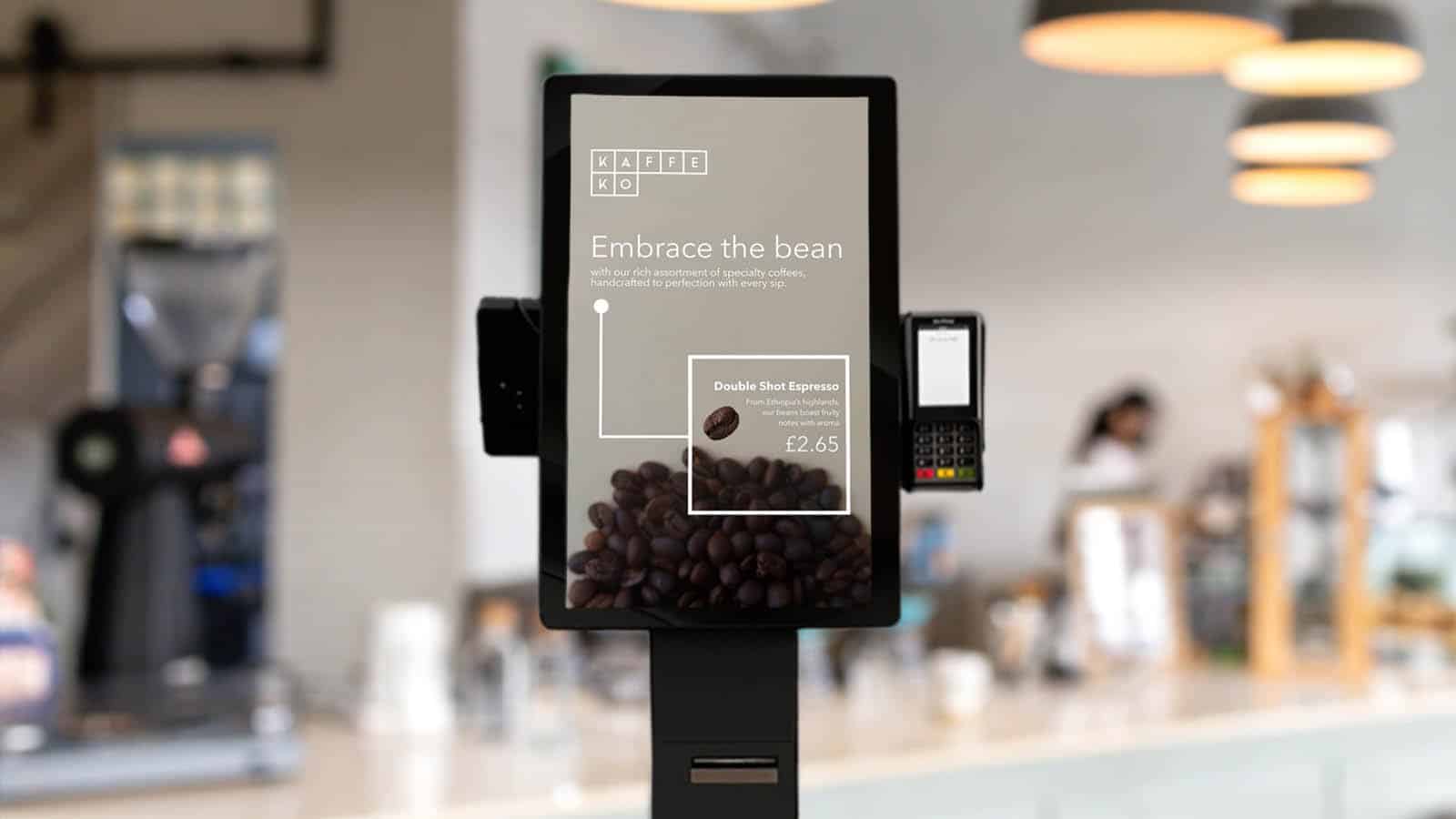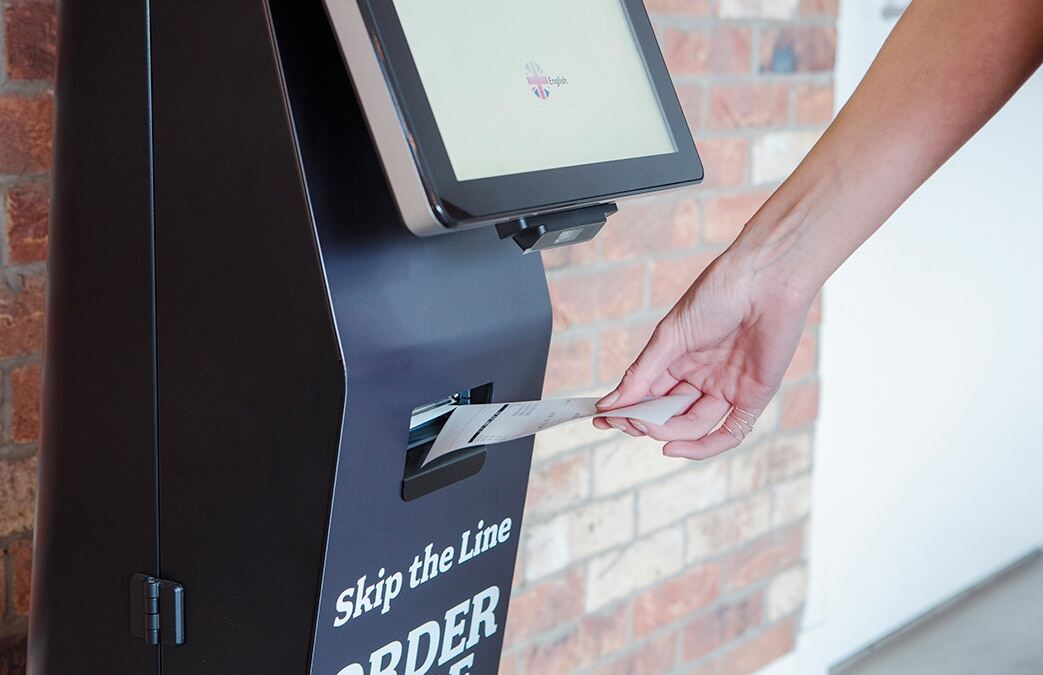5 Common Mistakes to Avoid When Rolling Out Digital Ordering | QikServe
With self-service kiosk ordering on the rise across the food and beverage (F&B) industry, many businesses are expanding their guest-facing digital offerings. While digital ordering can enhance customer experience and streamline operations, there are common mistakes that can hinder its successful rollout. This article explores these pitfalls and offers insights on how to avoid them.
Your App Isn’t Sticky
The stickiness of a solution refers to its ability to become habit-forming. Contrary to popular belief, mobile apps are not inherently sticky. A quarter of all apps are used only once in the first six months, and two-thirds fail to reach 1,000 users in their first year.
The most successful native apps in the quick-service restaurant (QSR) industry have been developed by giants like Starbucks and McDonald’s. These companies have invested considerable resources and years of iterative learning to grow their app audiences. Despite this, challenges persist. In May 2018, McDonald’s CEO Steve Easterbrook reported that app adoption rates were “pretty low,” four years after piloting their first ordering and payment app.
Why Smaller Brands Struggle:
- Limited Resources: Unlike industry juggernauts, smaller brands may not have the extensive marketing capabilities to promote their apps.
- User Engagement: Achieving app stickiness requires significant time and investment, which may not yield immediate results.
Solution:
- Choose Web Apps: Web apps are generally stickier than native apps and are easier and cheaper to build. They utilize native mobile functionality in a web environment, requiring no downloads. Users can access them via a URL, QR code, or NFC prompt.
- Leverage Third-Party Platforms: Consider partnering with third-party delivery marketplaces like Deliveroo or DoorDash. These platforms offer a “shop window” for multiple brands, increasing the frequency with which customers use the app without needing multiple downloads.
Forgetting Staff Buy-In
Your staff on the ground are the face of your business, so having their buy-in when introducing new technology is crucial. Customers may approach new technology with trepidation, and if your staff are not supportive, it can affect usage rates.
Challenges:
- Staff Resistance: Some employees may view self-service technology negatively, fearing it takes away from their primary role of serving customers.
- Customer Hesitation: Without staff encouragement, customers might be reluctant to use new digital ordering systems.
Solution:
- Communicate Benefits: Explain how self-service technology can create new opportunities rather than eliminate jobs. For example, McDonald’s saw an increase in back-of-house staff due to higher sales from self-service kiosks.
- Create New Roles: Introduce positions like Kiosk Ambassadors to assist customers with the new technology.
- Foster a Positive Culture: Build excitement and provide reassurance among your team to ensure your investment gets the staff backing it deserves.
No Strategy for Continuous Improvement
Successful digital offerings require ongoing development. McDonald’s and Starbucks have spent years refining their digital platforms. A few years ago, Starbucks’ mobile app was more popular than Apple Pay, with 2.3 million customers using it at least once every six months.
Mistake:
- Set It and Forget It: Assuming that after a successful launch, the solution will maintain itself without further effort.
Solution:
- Establish a Feedback Loop: Regularly communicate with guests and frontline staff to identify issues.
- Iterative Improvement: Use feedback to make continuous enhancements to your digital offerings.
- Stay Customer-Centric: Keep the focus on evolving customer preferences and adapt accordingly.
Not Informing Your Strategy with Baseline Data
Implementing a new digital channel just because competitors have done so doesn’t guarantee success. Without understanding your specific business and customer challenges, the initiative may fall flat.
Mistake:
- Lack of Research: Failing to gather baseline data on customer preferences and operational challenges.
Solution:
- Collect Data: Use incentivized surveys, focus groups, or direct conversations with guests to understand their preferences.
- Analyze Customer Profiles: Look at how preferences change per demographic or geographical area to tailor your technology offering.
- Define Objectives: Identify specific operational and strategic challenges and set KPIs to measure improvement.
Choosing an inflexible Technology Partner
Mistake:
- Partner Misalignment: Selecting a technology provider that isn’t customer-centric or lacks integration capabilities.
Solution:
- Choose Wisely: Choose for a technology partner who is focused on solving your unique challenges and supporting you in meeting your KPIs.
- Ensure Integration Expertise: The partner should seamlessly connect your digital ordering system with existing platforms like POS systems or loyalty programs.
- Look for Comprehensive Support: They should assist you throughout the process—from development and design to deployment and beyond.
Conclusion
From designing for accessibility to implementing marketing strategies and staff training, rolling out a guest-facing digital solution involves numerous considerations. Learning from others in the industry and doing thorough research can help you avoid common pitfalls. By remaining customer-centric, partnering with experienced providers, and viewing digital ordering as an ongoing journey with your customers, you’ll achieve the best results.



